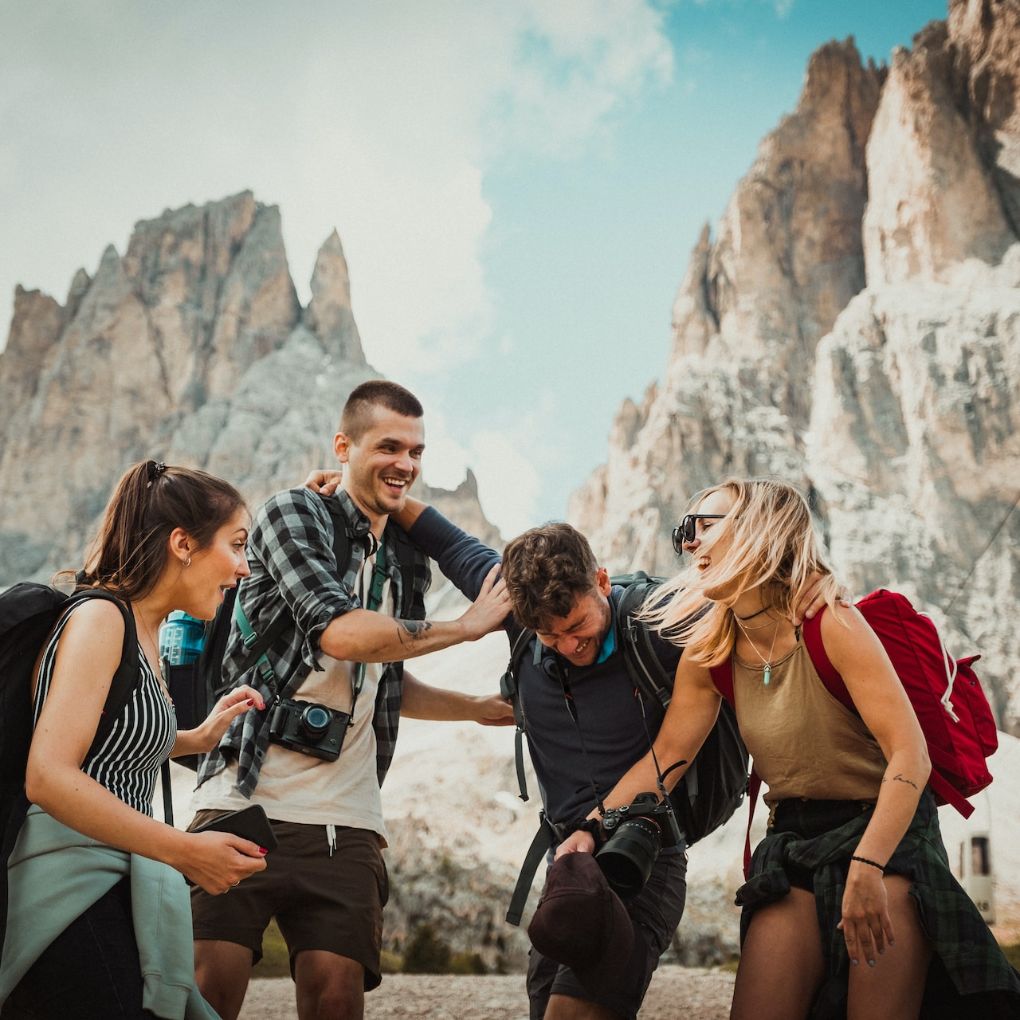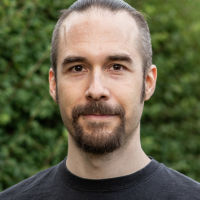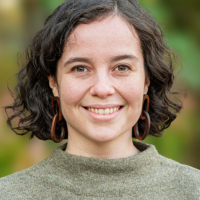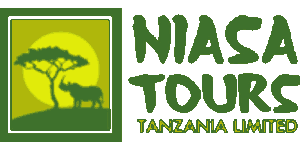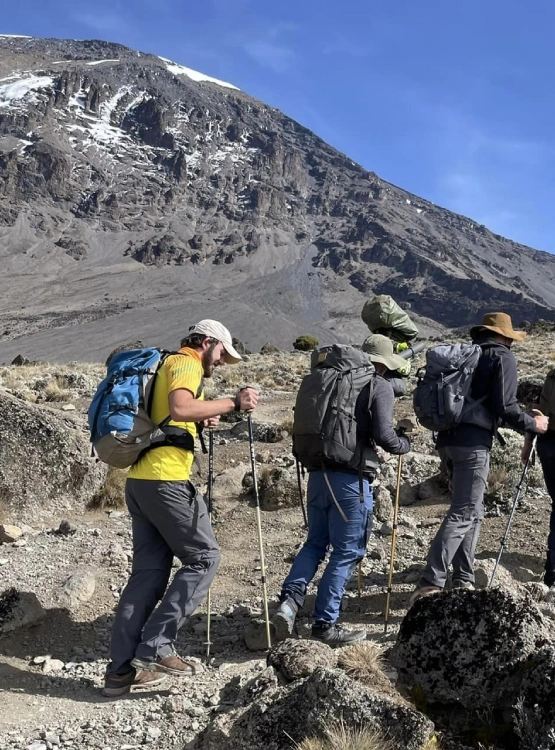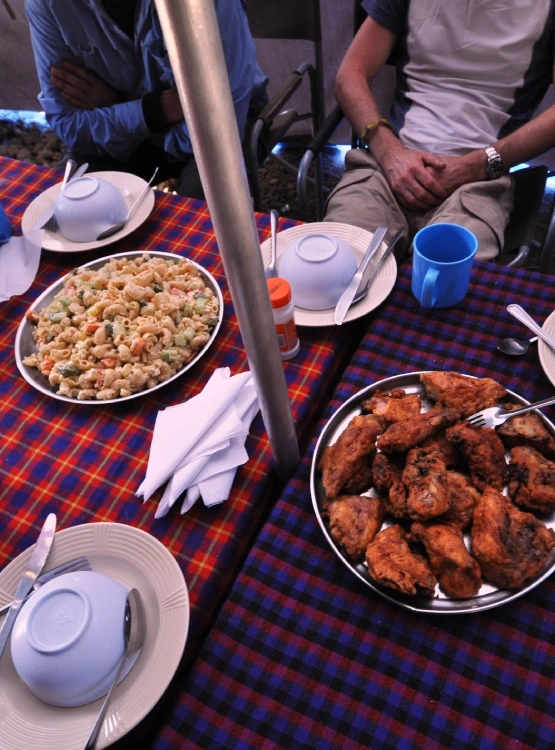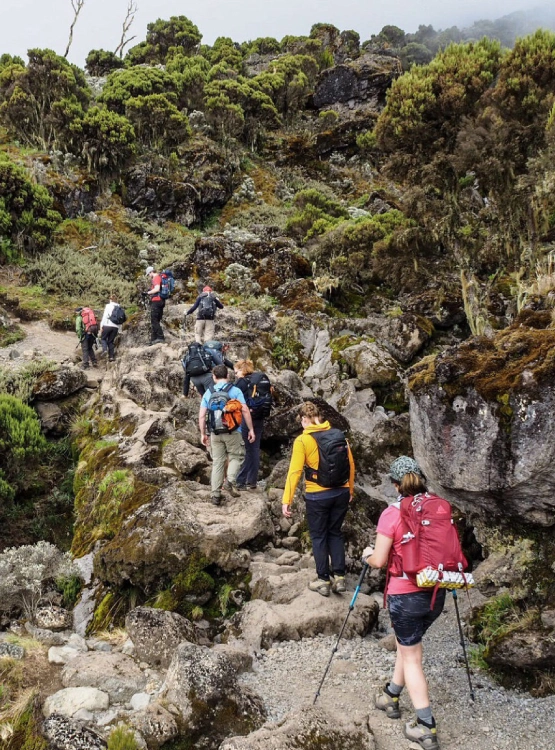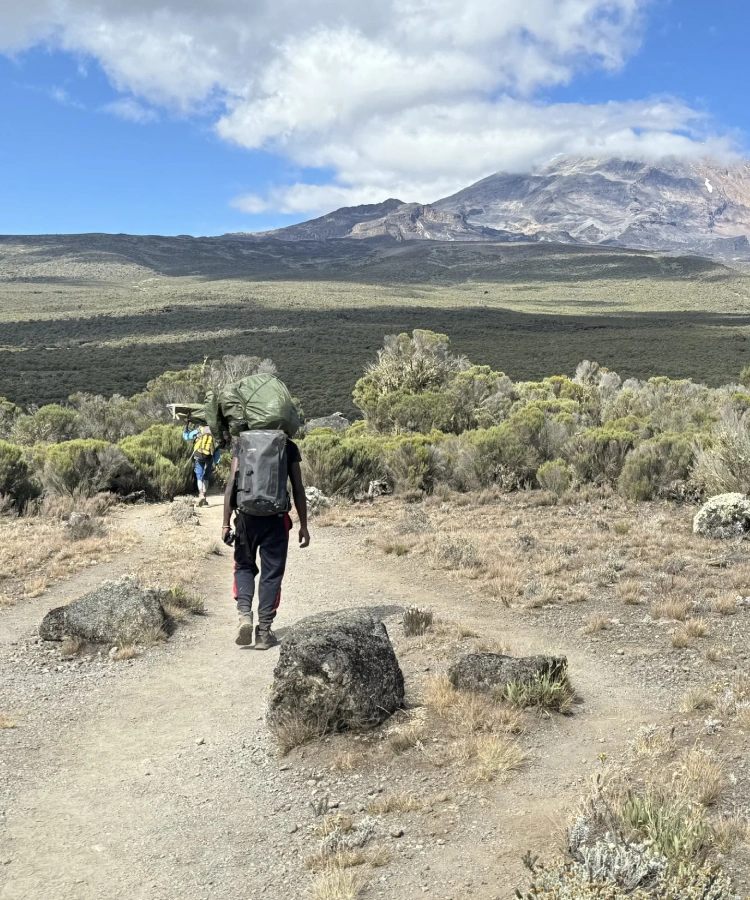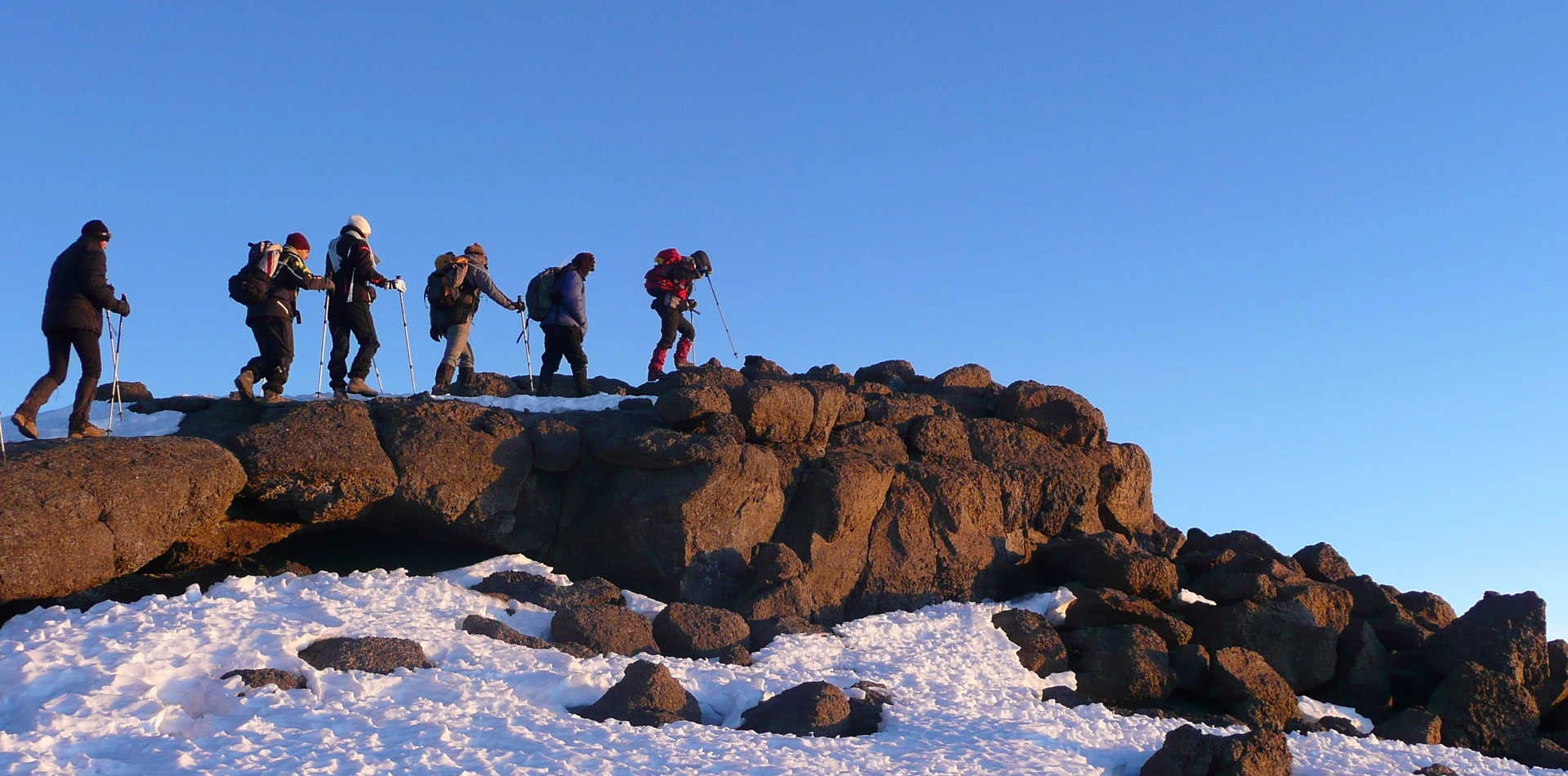
Kilimanjaro Travel Insurance
Protect Your Kilimanjaro Journey with Comprehensive Travel Insurance
Kilimanjaro Travel Insurance is essential when Climbing Mount Kilimanjaro, providing coverage for various risks associated with high-altitude trekking. This insurance protects you from unexpected situations such as trip cancellations, medical emergencies, and evacuation costs.
Kilimanjaro Travel Insurance is a valuable tool that can provide peace of mind and financial protection during your trek. Given the remote nature of Kilimanjaro and the physical challenges involved, it’s crucial to have insurance that covers high-altitude activities, as standard policies may not apply.
Some plans also offer coverage for lost or damaged gear, delays, or interruptions due to weather. A comprehensive Kilimanjaro Travel Insurance policy ensures peace of mind, allowing you to focus on your trek knowing you’re financially protected against unforeseen events. Always check the policy details to ensure it meets the requirements for your Kilimanjaro Climb. This Niasa Tours guide helps you understand the importance of Kilimanjaro Travel Insurance—so you’re protected every step of the journey.
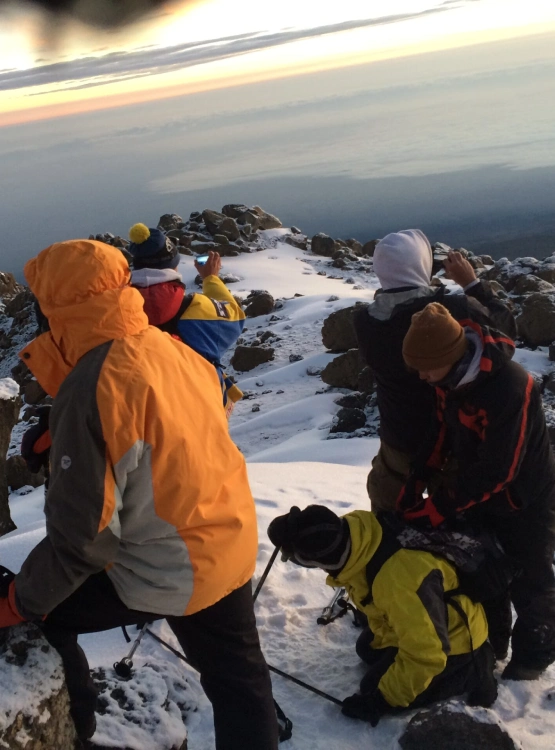
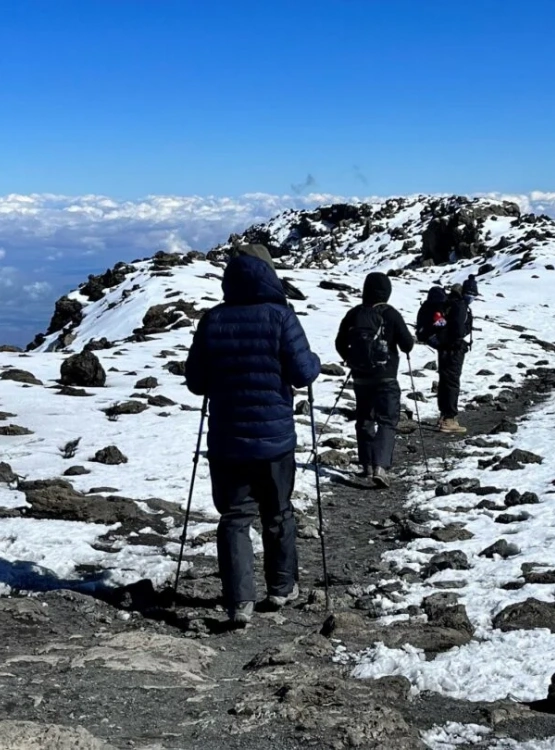
Secure Your Kilimanjaro Adventure with Comprehensive Travel Insurance
Ensure peace of mind on your Kilimanjaro adventure with comprehensive travel insurance. Cover medical emergencies, cancellations, and altitude-related risks. Travel safely, knowing you’re protected every step of the way.
Medical Coverage
Comprehensive medical coverage ensures you're protected from any health issues or emergencies during your Kilimanjaro trek, giving you peace of mind.
Emergency Evacuation
In case of an emergency, your insurance covers immediate evacuation, ensuring you're safely transported to medical facilities if needed.
Trip Cancellation
Unexpected events can happen—trip cancellation insurance ensures you’re reimbursed if you have to cancel your Kilimanjaro adventure due to unforeseen circumstances.
24/7 Assistance
With 24/7 assistance, you have round-the-clock support for emergencies, travel issues, or any questions that arise throughout your climb.
Let’s Explore and Experience
Let’s explore Tanzania together—where every journey is crafted with care, and every moment brings you closer to nature, culture, and adventure. From the Serengeti to Zanzibar, we’re here to guide your unforgettable experience with passion, warmth, and local expertise.
We make it easier for everyone to experience the world
Ready to explore Tanzania’s natural wonders? We’re here to help! Whether you’re planning a once-in-a-lifetime safari or a peaceful nature escape, our team makes travel easy and personal. Reach out today—let’s turn your dream of exploring Tanzania and beyond into reality. We make it easier for everyone to experience the world, one journey at a time. Contact us today!
Need I help? Talk to an Expert
+255767493713 +255690129757
Mountain Climbing FAQs
Discover essential information for climbing Tanzania’s iconic peaks—Mount Kilimanjaro, Mount Ol-Donyo Lengai, and Mount Meru. Learn about the best seasons, difficulty levels, required permits, gear recommendations, and safety tips. Whether you’re a first-time climber or experienced mountaineer, these FAQs provide guidance to help you prepare, stay safe, and make your mountain adventure unforgettable.
Climbing Kilimanjaro is challenging but achievable for fit individuals. It doesn't require technical skills, but altitude and endurance are key factors. Choosing a longer route improves acclimatization and success. Mental preparation, physical fitness, and proper gear make a big difference in your summit experience.
The best times are during dry seasons—January to March and June to October. These months offer clear skies, better trail conditions, and higher success rates. Avoid the rainy seasons for safety and comfort. Early booking is also advised due to route popularity.
Yes, Mount Meru is ideal for acclimatization before Kilimanjaro. It reaches 4,566 meters and offers great altitude training. The trek includes wildlife encounters and scenic ridges, preparing your body for Kilimanjaro’s higher elevation and reducing chances of altitude sickness significantly.
Yes, guided climbs are mandatory for both Kilimanjaro and Mount Meru. Guides ensure your safety, manage logistics, and provide expert support. Their local knowledge enhances your journey. On Mount Meru, park rangers accompany all trekkers due to wildlife presence in the area.
Ol Doinyo Lengai is the only active natrocarbonatite volcano in the world, revered by the Maasai as the “Mountain of God.” The steep climb is rewarded with unique lava flows, spiritual significance, and sunrise views over Lake Natron and the Great Rift Valley.
Altitude sickness can affect anyone above 2,500 meters. Symptoms include headache, nausea, and fatigue. To reduce risk, climb slowly, stay hydrated, and acclimatize properly. Longer itineraries on Kilimanjaro and a Mount Meru pre-climb significantly boost altitude adaptation and summit success.
You’ll need layered clothing, waterproof outerwear, sturdy hiking boots, sleeping gear (for Kilimanjaro and Meru), headlamp, trekking poles, and hydration packs. For Ol Doinyo Lengai, include lightweight but grippy footwear and breathable clothing due to its steep, dusty volcanic terrain.
What Customers Say About Us
